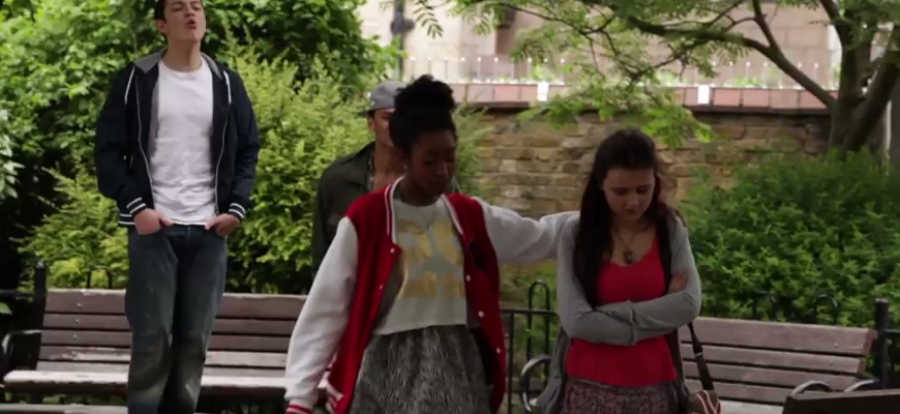Schools have a key role in educating young people in relation to CSE. It is imperative that staff ensure that schools operate and foster an environment where pupils feel safe and confident to participate in discussions and lessons surrounding CSE. Building trust between staff and pupils is a key step in teaching and protecting youngsters from CSE.
A whole-school approach is always going to be more effective. A commitment from senior management and school governors will ensure that CSE is at the top of the agenda, and can be dealt with efficiently if the need arises. A senior staff member should also be assigned to child protection and lead on educating staff on risks, signs and ways to deal with CSE.
There are also a number of practical ways in which teachers can help provide CSE education:
1. A YouGov poll from 2013 found that 71% of teachers surveyed felt that lessons in secondary school were the most important way to educate young people about CSE.
This makes sense as good quality Personal, Social and Health Education (PSHE) in schools covers a range of topics and in the case of CSE, many of the contributing issues will already be part of the curriculum. CSE can be weaved into lessons through a range of topics including:
- Internet safety – many incidents of CSE may begin with or be isolated to online behaviour.
- Consent – ensuring young people clearly understand consent is vital.
- Healthy relationships – many elements of effective healthy relationships education are crucial in relation to CSE, such as gender expectations, power imbalances and what constitutes a healthy or unhealthy relationship
Good quality educational work related to CSE should be cross-cutting and part of a wider PSHE programme. A review of existing PSHE that looks for ‘golden threads’ in topics that contribute to teaching about CSE may be beneficial. These threads should then be implemented throughout each PSHE session to ensure that consistent messages are given to young people.
2. Explore local services that support victims of CSE in your area. Partner with support organisations and look at ways to collaborate, inviting them in participate in lessons and workshops to educate staff and pupils. Schools should also be in contact with their local safeguarding children board where extra support and resources can be accessed.
3. All staff should be trained on key indicators related to typical vulnerabilities in children and young people prior to abuse. Young people at risk include those who are living in chaotic, dysfunctional households (with parental substance use, domestic violence, parental mental health issues or parental criminality) or children with a history of abuse.
4. Help young people to recognise what ‘safe’ feels like. A great resource to achieve this is using the ‘protective behaviours’ approach, specifically the concept of EWS (early warning signs) and the safety continuum. This approach is valuable as it relies on young person’s inner feelings, not an exhaustive list of what constitutes risk. This can help young people recognise when they may be in an unsafe situation.
5. Keeping parents and guardians informed of safeguarding policies and procedures will also encourage them to come forward if they have any concerns about a child’s behaviour, whether it be their own or another member of the school’s community. By having support in place, schools can offer valuable advice for anyone with concerns.
Conclusion
Work with schools in combating CSE, and educate young people about the process that drives this. The outcomes that follow need careful planning to ensure that the initiative is effective. Effectiveness doesn’t just mean increasing awareness and understanding of what CSE is, but also building better skills for young people which can help keep them safe. Above all, trust and understanding between the school and pupils is required.
How do you handle CSE in your school? Share your advice below.


















